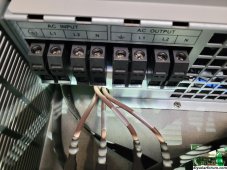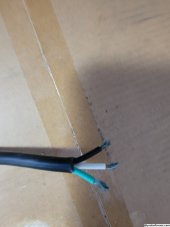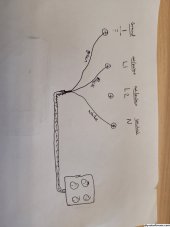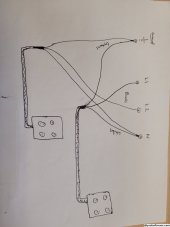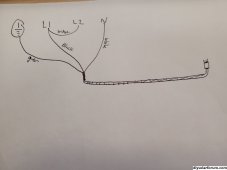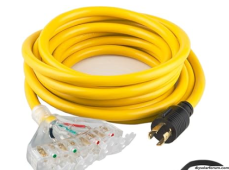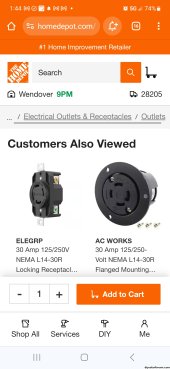dawgleader1
New Member
- Joined
- Mar 9, 2020
- Messages
- 19
Hey guys & gals. I have a very basic, stupid question I hope I'm not drummed out of here for. I have a MPP solar 6048 inverter, I originally had a Growatt 3000tl but decided that I wanted/ needed something bigger so please ignore that in the picture, I won't be connecting that. I will be completely off-grid with this system, not connected directly to the grid or my home's system, I'm using it purely as an emergency/ back-up power system for storms, and of course the zombie apocalypse. I'd like to connect a power cord to the AC input so that I can plug this into one of my home's regular AC electric plugs in the garage. This will allow me to charge up the batteries and keep them topped off in the case of a power loss. Once the batteries are full, I'll unplug it and re-plug it as needed to keep the batteries full but I won't be leaving it plugged in 24/7 after I'm charged up. Then I'd like to connect a power cord/ surge protector outlet to the AC out on the inverter to plug in my things, such as my freezers and such when needed. I also have a 12 panel, 4000w solar panel array but I'm not ready to connect that yet. The panels have been mounted but I haven't connected any wiring yet so that will be a project for later. I just want to get the batteries and inverter set up so that I'm ready for the upcoming winter, so we're not shit out of luck with an ice storm. The 6048 inverter is connected to 2x all-in-one 10kwh/ 48v battery packs for 20kwh storage. My problem is the power cords for AC outlet connection in and AC surge protector out are 3-wires and the AC input and output is 4 connections. I know it probably sounds like I'm a moron but what's my play here? Do I just connect the 3 to 3 and leave 1 empty? Also, as a side question, in this scenario, since the house outlet is grounded, I won't need to ground the inverter/ batteries again, correct? I've attached a few pictures of what I'm dealing with. Any advice is greatly appreciated. I can also take criticism if I'm completely crazy or something is way off. I'm looking forward to hearing from anyone willing to help. Thanks in advance.



